Building an Art Career: Guidance From a Portrait Master
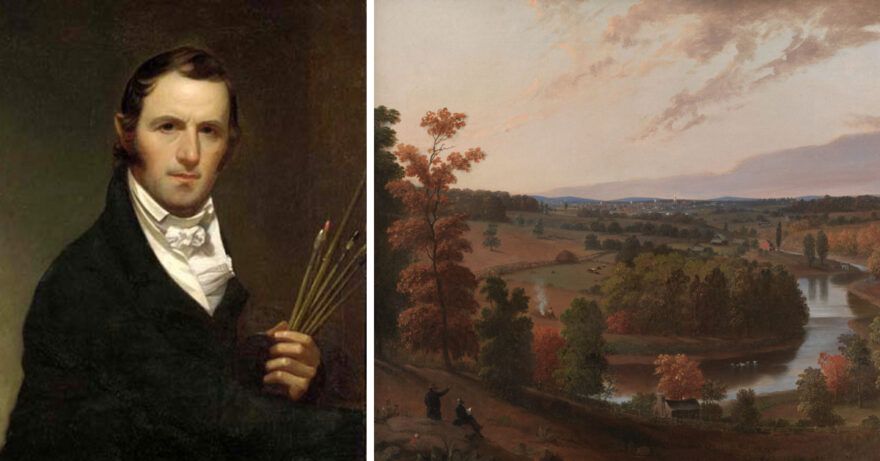
Being a professional artist in today’s competitive and ever-evolving art world can be a daunting pursuit; however, there are timeless lessons to be gleaned from the stories of past artists who navigated similar challenges and achieved remarkable success. One such artist is Jacob Eicholtz (1776–1842), a portrait painter whose journey offers insights and inspiration for contemporary artists striving to make a living from their craft. By delving into the life and career of Eicholtz, we can uncover key lessons that you can apply to your own practice.
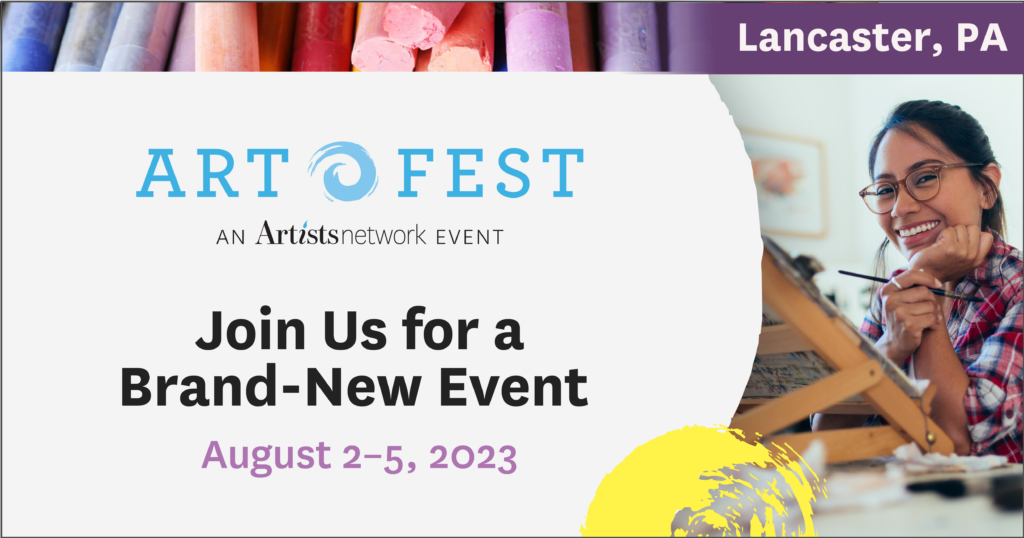
Born in 1776, Jacob Eicholtz spent a significant portion of his life in his hometown of Lancaster, PA. He began his artistic journey with basic drawing lessons from a sign painter and later apprenticed as a copper and tinsmith. In 1801, he became a journeyman to a master coppersmith but, in 1812, he decided to sell his own tinsmith business and pursue painting full-time.
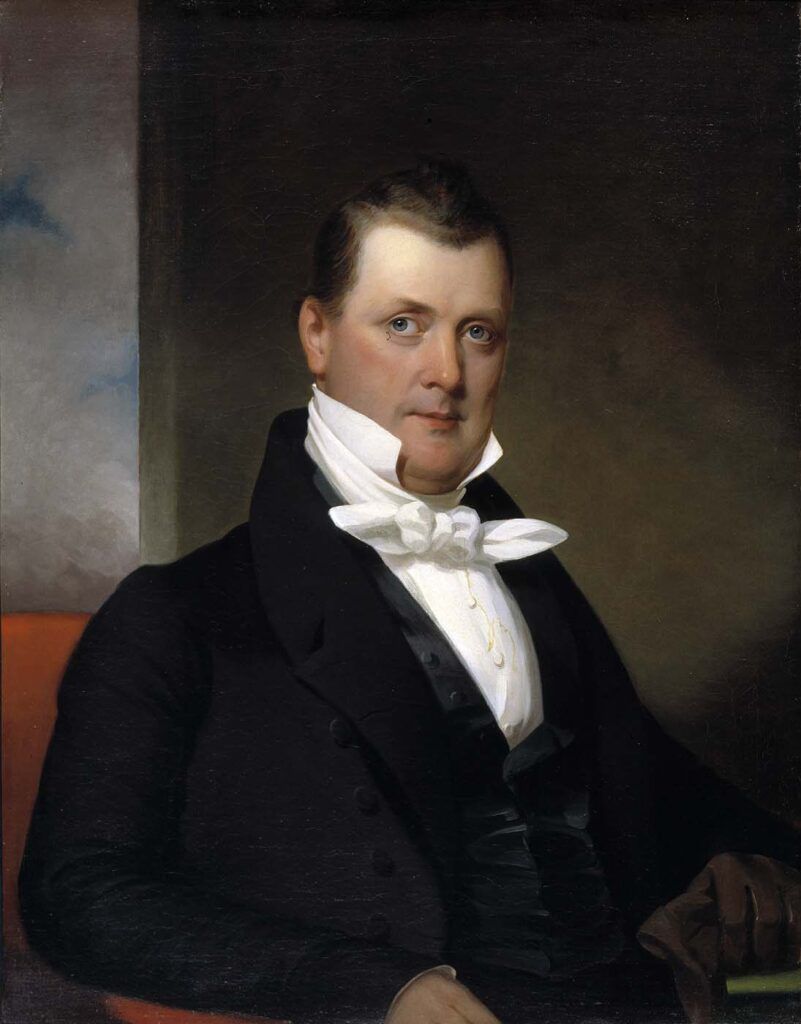
Collection of the Smithsonian Institution
Eicholtz’s early works consisted of portraits in profile, but he gradually transitioned to full-faced portraits, showing significant growth in his technical skills. His portraits became more sensitive and mature, marked by rich colors and careful modeling. While he primarily focused on portraiture, Eicholtz also explored landscape and history subjects. He exhibited at the Pennsylvania Academy of the Fine Arts, and his talent gained recognition during a visit to Baltimore in 1820. Throughout his career, Eicholtz traveled to various cities, including Boston, Philadelphia and Pittsburgh, taking on portrait commissions and expanding his artistic network. In 1832, he returned to his beloved Lancaster, where his strong connections to the community helped him create a strong network and stable career until his death in 1842.
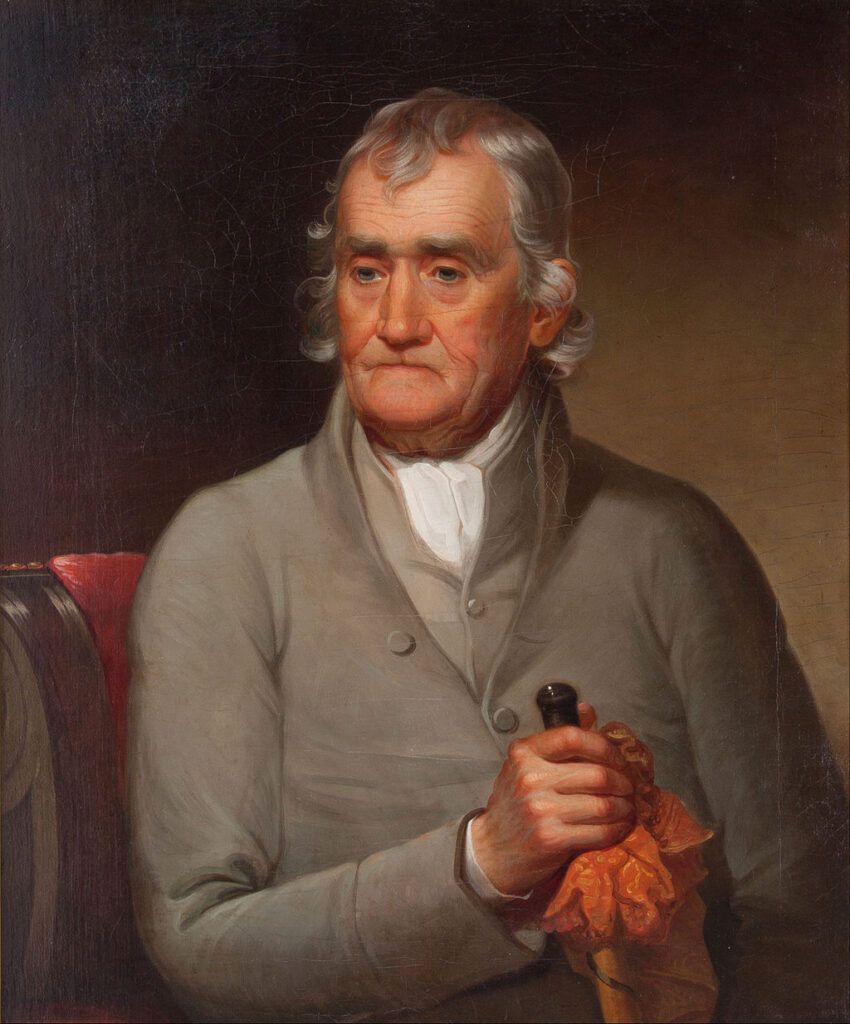
Cincinnati Museum Center at Union Terminal
Eicholtz’s legacy lies in his ability to capture the essence of his subjects with an unpretentious realism that recalled the style of Thomas Sully, his contemporary and mentor. Although self-taught, Eicholtz’s technical progression is evident, particularly in his later works featuring elaborate backgrounds and intricate details. Today, Eicholtz is remembered as a dedicated artist who honed his skills through perseverance and embraced a range of subjects, leaving behind a body of work that continues to inspire and captivate art enthusiasts.
Let’s explore the key lessons you can learn from Jacob Eicholtz:
✓
Mastering Your Craft: Eicholtz’s story reminds us of the importance of honing our artistic skills and continuously striving for mastery. Dedicate yourself to perfecting your technique, capturing the essence of your subjects, and embracing a lifelong commitment to learning and improvement.
✓
Finding Your Niche: Eicholtz’s success can be attributed, in part, to his specialization in portraiture. By focusing on a specific genre or style, you can distinguish yourself in a crowded marketplace. Discover your unique niche and develop a signature style that resonates with collectors and art enthusiasts, combining personal passion with market demand.
✓
Building a Strong Network: Networking played a crucial role in Eicholtz’s career. Through his connections and relationships within influential circles, he gained exposure and increasingly prestigious commissions. Follow his lead by actively seeking opportunities to connect with fellow artists, curators, collectors and industry professionals. Engage in local art communities, attend exhibitions and leverage online platforms to establish a supportive network that can open doors to various opportunities.
✓
Embracing Entrepreneurship: Eicholtz’s story underscores the importance of embracing an entrepreneurial mindset. While artistic talent is important, artists must also develop a level of comfort with running a business to successfully navigate the art market. Understand pricing, marketing, sales and effective self-promotion, combining creativity with strategic thinking to achieve financial stability.
✓
Adapting and Innovating: Eicholtz’s career spanned several decades, during which artistic tastes and trends evolved. He demonstrated adaptability by adjusting his style and subject matter to meet the changing demands of his patrons. Learn from his flexibility by embracing innovation while staying true to your artistic vision. Explore new mediums, experiment with unconventional techniques, and stay attuned to contemporary artistic movements to remain relevant and engage with a broader audience.
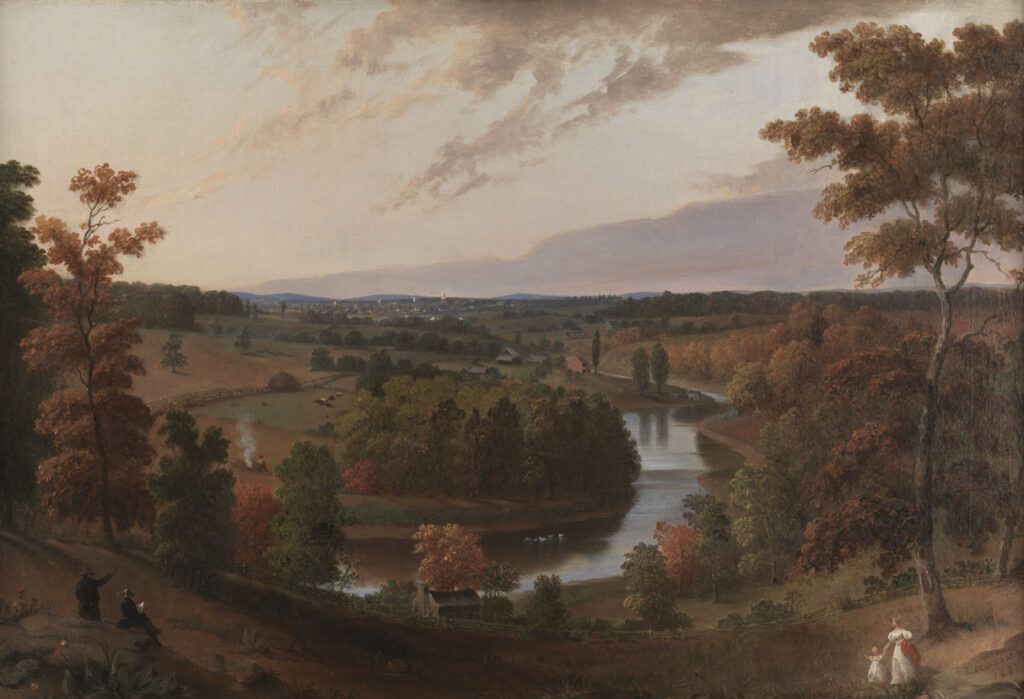
Museum of the Pennsylvania Academy of Fine Arts
In an ever-evolving art landscape, the story of Eicholtz provides evidence that some things about the art world never change. Focus on mastery, find your niche, build networks, embrace entrepreneurship and stay adaptable. With these principles, you’ll lay the groundwork for a successful and fulfilling career.
Join us in Lancaster for Art Fest, a Brand-New Event from Artists Network
From our Shop
-
 Pastel Journal Winter 2024 Digital Edition
Pastel Journal Winter 2024 Digital Edition$9.99$6.99 -
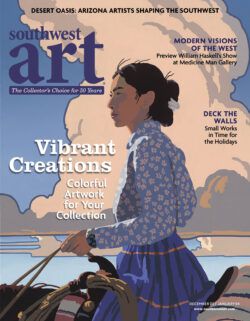 Southwest Art December 2023/January 2024 Print Edition
Southwest Art December 2023/January 2024 Print Edition$13.99$9.79 -
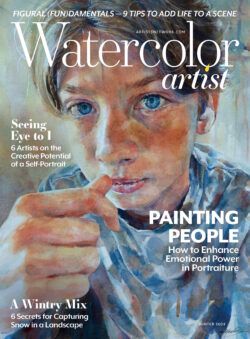 Watercolor Artist Winter 2024 Print Edition
Watercolor Artist Winter 2024 Print Edition$13.99$9.79





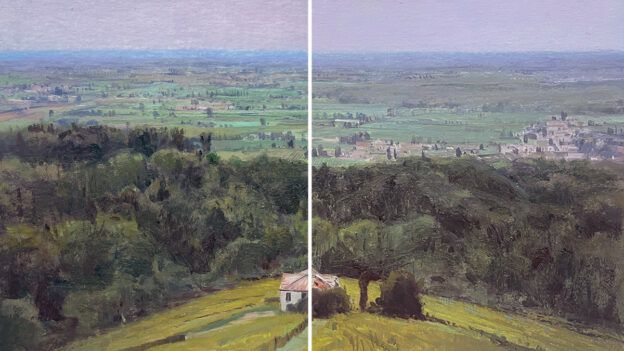




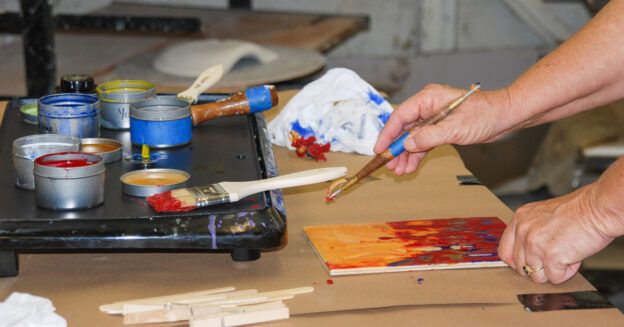

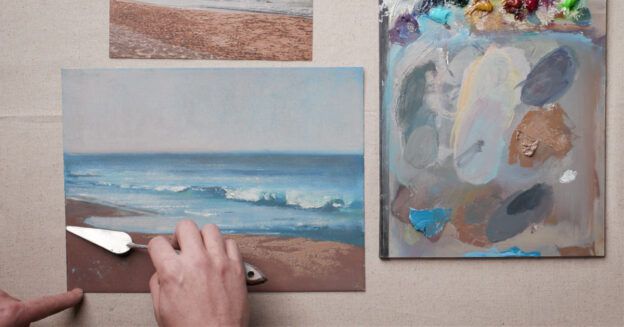
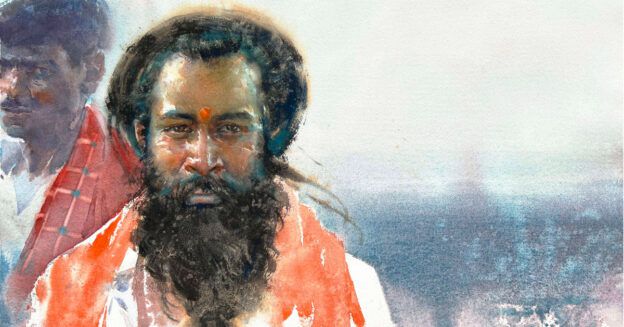

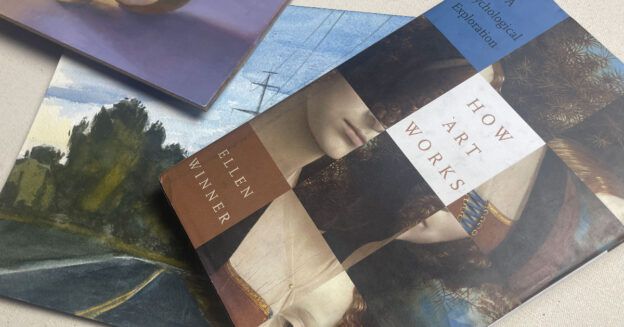

Join the Conversation!